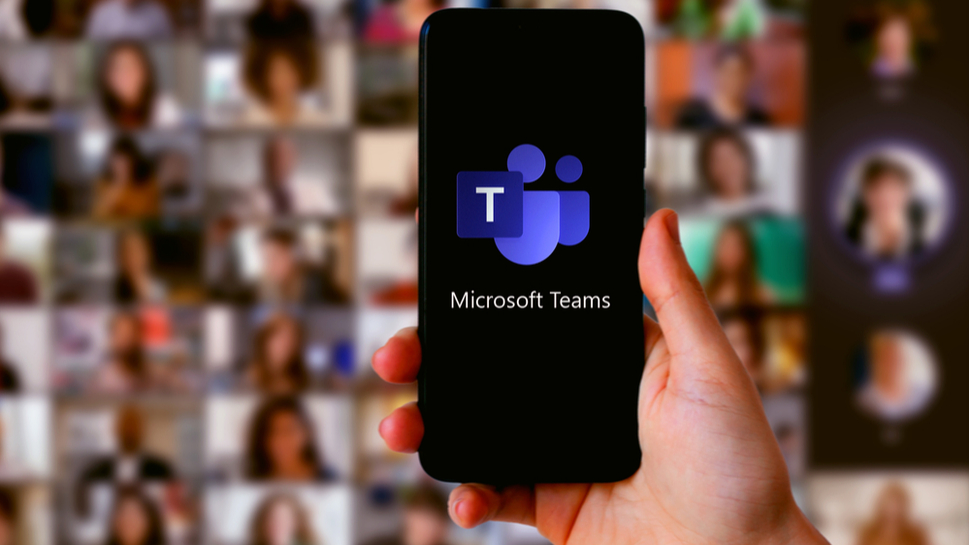TechRadar Verdict
Microsoft Teams is ideal for businesses who already use Microsoft 365, or that are looking to reinvent their organization’s digital communication and collaboration workspace - but those who don't might prefer a different service.
Pros
- +
Full Microsoft 365 integration
- +
Advanced security and data protection
Cons
- -
Requires commitment to Microsoft software
- -
Expensive
Why you can trust TechRadar
With Microsoft Teams, the Washington-based tech giant is aiming to ride the remote working wave and conquer the video conferencing and collaboration market.
The platform enables users to seamlessly shift between messaging, video conferencing and calling, and benefit from powerful native integration of the Microsoft 365 suite.
In this Microsoft Teams review, we consider how it performs as a standalone video conferencing platform and whether it deserves the title of best video conferencing software.
- Here's our guide on how to use Microsoft Teams
- And our list of the best Microsoft Teams backgrounds out there
Plans and pricing
Microsoft Teams is one of the more expensive video conferencing options for businesses - if you're not already using Microsoft 365. However, for those already part of the Microsoft ecosystem, this could prove to be a very cost-effect solution.
Rather than being offered as a standalone product, Microsoft Teams comes packaged with Microsoft 365. There are three options available: Microsoft 365 Business Basic, Microsoft 365 Business Standard and Microsoft 365 Business Premium.
Microsoft 365 Business Basic is available for $5.00/£3.80/AU$6.90 per user per month, and includes the ability to schedule and record Microsoft Teams meetings, boosts the file storage capacity to 1TB per user and includes additional security features.
Microsoft 365 Business Standard, meanwhile, costs $12.50/£9.40/AU$17.20 per user per month. It offers all the benefits of the cheaper package, but also includes desktop versions of Microsoft’s productivity applications.
Sign up to the TechRadar Pro newsletter to get all the top news, opinion, features and guidance your business needs to succeed!
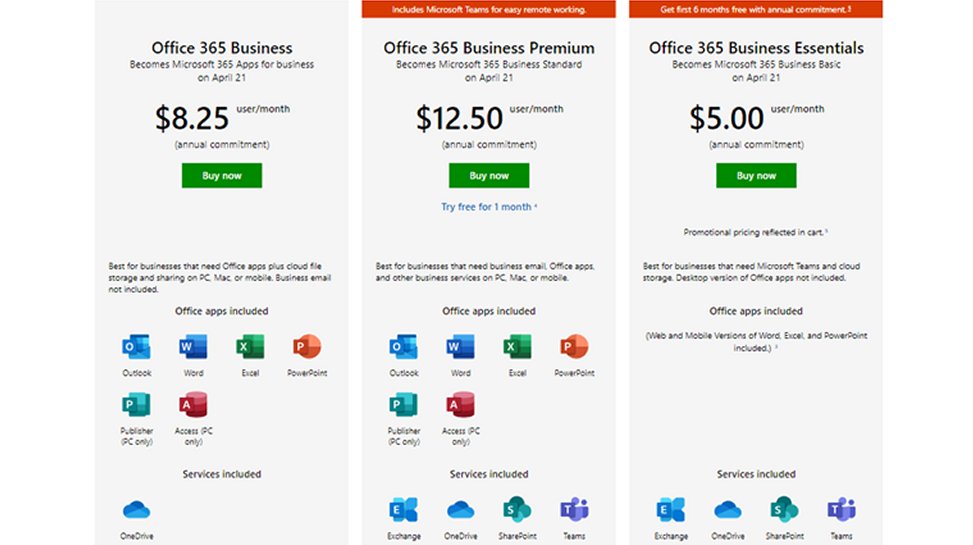
Features and utilities
Within one application, Microsoft Teams enables users to schedule video or audio meetings with a single person or a team. Administrators can also organize webinars and large meetings with up to 10,000 participants.
Full integration with Microsoft 365 means that calls can be easily scheduled and invites shared among the organization, while external guests can join from their web browser without downloading the application.
Microsoft Teams also provides the full range of features expected from a leading video conferencing software provider, including screen sharing and call recording, live captions, background blur technology, and chat functionalities. Integration with Microsoft 365 makes the platform the market leader in video conferencing and digital workspace integration.
The platform’s powerful video conferencing software is complemented by hardware options that enable users to join calls from almost anywhere. When you’re working alone or on the go, mobile devices, desktop computers, and Bluetooth conferencing headsets can power communication. When you’re working collaboratively, Microsoft Teams Rooms devices enable some of the team to meet face to face, while remote participants are able to call in.

Setup
Downloading the application on mobile and desktop devices is done through that device’s application store. It only took two minutes to download and set up on Windows 10. However, a Microsoft account is required to log in, and you won’t be able to access any features until your organization has access to the software. Microsoft Teams can also be accessed via a web browser.
For organizations using conferencing hardware such as Microsoft Teams Rooms devices, setup will take longer as each of these devices must be connected to your organization’s Microsoft Teams Account.
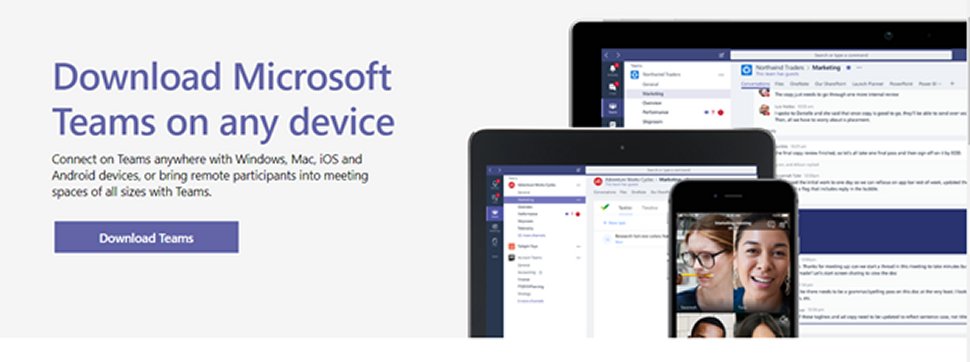
Interface and performance
As could be expected from a company as large and well resourced as Microsoft, the Teams platform runs smoothly, and all its features seamlessly integrate into a powerful workplace communication hub. The integration of video conferencing software with Microsoft 365 has enabled Microsoft to create an all-in-one user experience that really separates Microsoft Teams from its competitors.
One of the few downsides of Microsoft Teams is that the user interface and back-end settings can be a bit overwhelming at first, particularly for administrators. With so many features, integrated applications, and third-party options included, business leaders will need to spend considerable time learning about the platform before they roll it out to the wider organization.
Regarding performance, Microsoft Teams is highly reliable. In a call between three people (approx. 30–50 Mbps internet connection), audio and video were both clear, and multimedia files were quick to upload. Throughout our tests of Microsoft Teams, we experienced no downtime. However, Microsoft Teams did experience two major outages in the first three months of 2020.
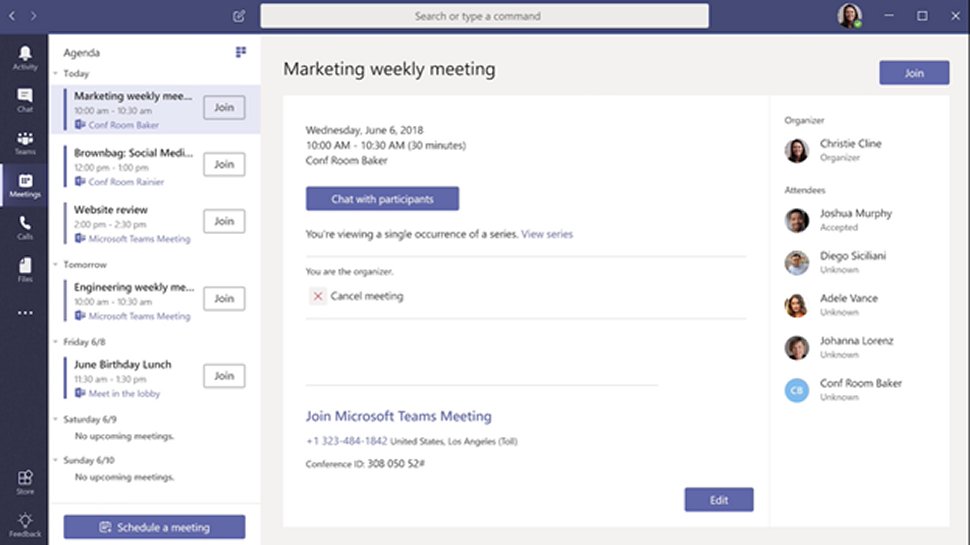
Security
Microsoft Teams provides administrators and video conference hosts with a large degree of control over who can join calls and meetings and what data can be accessed and shared.
Microsoft’s Transparency Hub also provides extensive information on the company’s privacy policies and how and when it provides user data to government authorities and other third parties. The platform also requires the use of multi-factor authentication (MFA) to protect users and businesses from unauthorized account access.
A final pillar of Microsoft Teams' security framework is the encryption of all data in Microsoft Data Centres. For video and audio data, Microsoft Teams uses Secure Real-time Transport Protocol (SRTP) technology. However, Microsoft itself can access all data stored on its servers.
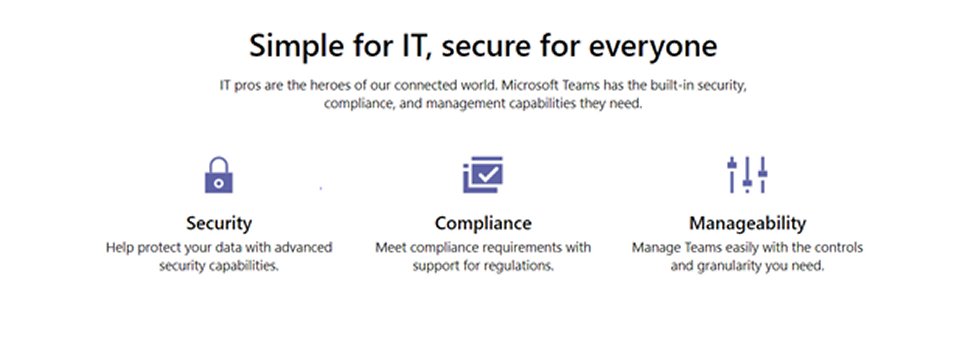
Support
Microsoft Teams offers an array of support options through its website and customer service lines. Customers can access step-by-step setup guides, training videos, online webinars, and classes, as well as a customer forum with over 130,000 users. For more advanced technical problems, Microsoft offers live chat support and a customer call-back line.
When accessing live chat support, we had to wait 12 minutes to be connected. However, the Microsoft representative was responsive in dealing with a login-related issue.
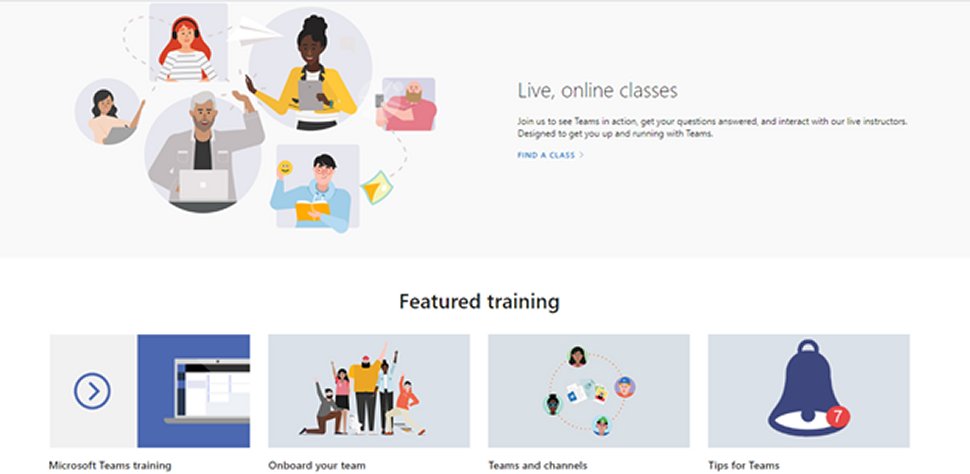
The competition
With Microsoft Teams, Microsoft is simultaneously attempting to gain market share in the video conferencing market and the digital collaboration market. Video conferencing competitors such as Zoom and join.me have similarly priced plans, but don’t feature the integrated applications of Microsoft 365.
Both Zoom and join.me have also experienced well-publicized privacy and security issues, which may make large enterprises wary of these platforms. However, businesses wanting to invest in high-performing video conferencing software without the need to migrate the rest of their digital workspaces to Microsoft may want to consider the products provided by Zoom, Join.Me, or even Skype, a Microsoft subsidiary.
Final verdict
Microsoft Teams could be an expensive option for video-conferencing if you're not already using Microsoft 365. You will, however, receive the highest quality product, with workspace integration far surpassing that of its competitors.
Microsoft Teams is ideal for businesses who already use Microsoft 365, or who are looking to reinvent their organization’s digital communication and collaboration workspaces.
The platform is designed to be an all-in-one workplace communication hub. So, for companies who are not already using Microsoft software, high interdependency between features will limit the extent to which they can benefit from the platform.
